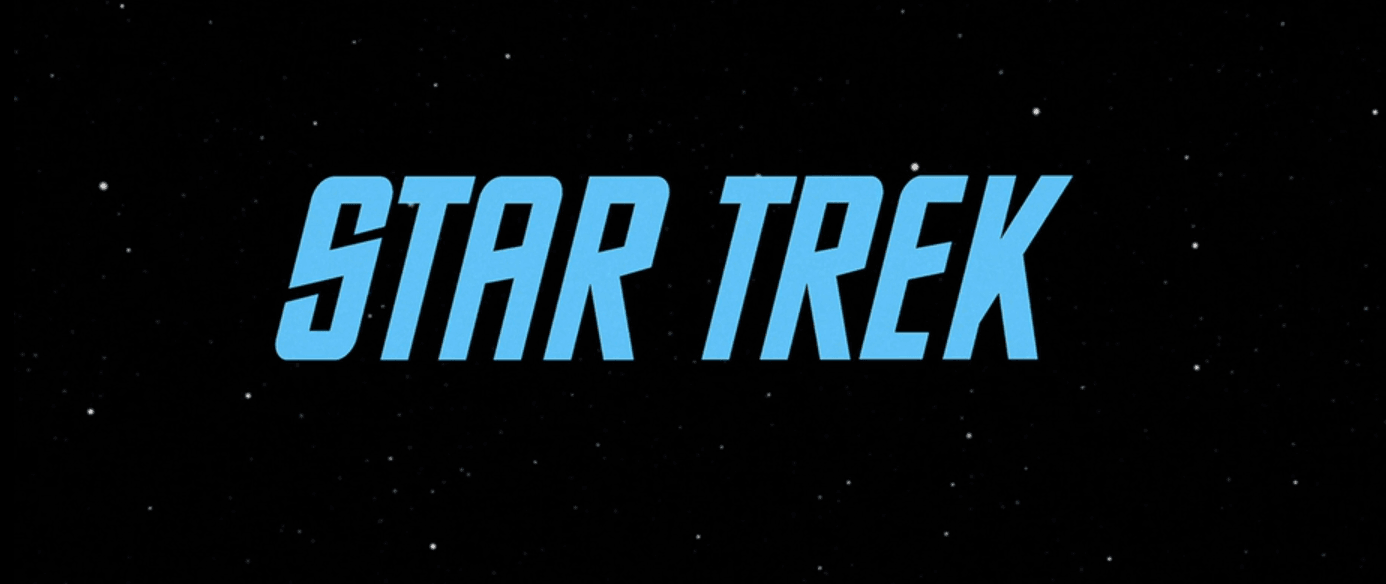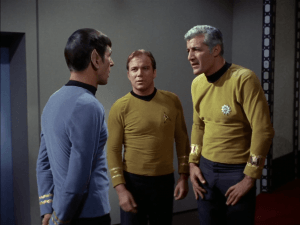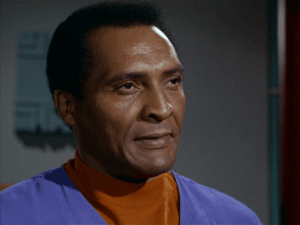
Welcome as always to the latest ‘Final Frontier Friday’! It’s another original series week, but this time around we’re looking at a better episode (not like that’s a high bar). So sit back, fire up your Netflix account, and join us as we examine ‘The Ultimate Computer’.
The script that would become ‘The Ultimate Computer’ was submitted on spec (that is to say, unsolicited) to the production office by Laurence Wolfe, a mathematician and ‘Star Trek’ fan who was inspired by his fascination with computers. At this time, ‘Star Trek’ didn’t typically accept spec submissions (the closest they’d gotten had been ‘The Trouble With Tribbles, for which a treatment had been submitted in this manner), but Wolfe had the good fortune of being in the right place at the right time. You see, Wolfe knew Ray Bradbury, who in turn knew Gene Roddenberry. As a favor to Wolfe, Bradbury passed the script to Roddenberry, and Roddenberry (who, unsurprisingly, was hoped to convince Bradbury to write for the show) read it as a favor to the sci-fi titan. Teleplay in hand, the producers (including Roddenberry, John Meredith Lucas, and Robert Justman) agreed that it was a “better than average first draft,” which could be produced quickly and cheaply (it was effectively a bottle show), and bought the story. Wolfe’s original version was deemed light on action and focused more on Dr. Daystrom and his M-5 computer than the producers were comfortable with, however. When Wolfe’s next draft disappointed (despite a lengthy brainstorming session and copious notes, he was said to have done little more than “moved a few commas around”). From there, it was heavily rewritten by D.C. Fontana, who re-centered the story around the man-vs-machine conflict that emerged between Kirk and the M-5, adding elements of social commentary regarding job losses from automation.
 Now let’s get this show on the road…
Now let’s get this show on the road…
The Enterprise has been summoned without explanation to a starbase. Upon arrival, they are met in the transporter room by Commodore Wesley, who explains that the Enterprise has been chosen to participate in testing the M-5 multitronic unit. Developed by computer prodigy Dr. Richard Daystrom, the M-5 is meant to automate starship operations to such an extent that the Enterprise can function with a crew of only twenty (down from the usual four hundred). In the course of the exercise, the M-5 will conduct a series of simulated missions, including a combat engagement with a group of starships under Wesley’s command. Much to Kirk’s chagrin, his role in all this is to simply sit back and let the machine do all the work.
The M-5 has been installed in the Enterprise’s engineering section and the simulated maneuvers are about to begin. Kirk, Spock, and an expectedly skeptical McCoy arrive in engineering to meet Daystrom just as he is preparing to bring M-5 online. Leaving engineering, Kirk shares his own apprehension with McCoy. While he acknowledges the potential benefits, he also admits to a gut feeling that the M-5 is dangerous, and wonders if he is (as Daystrom suggested) afraid of losing his job and the prestige that comes with it.
Soon, the tests get underway. While M-5 performs admirably, Kirk notes that it has yet to do anything Sulu couldn’t do “with his eyes closed,” though Daystrom notes that the whole point is that Sulu didn’t have to. Entering planetary orbit, the M-5 proceeds exactly as Kirk would have, with the exception of personnel selections for the landing party. In addition to recommending a less experienced geologist (though one who served as a merchant marine in the area), M-5’s list excludes Kirk and McCoy, who it has deemed non-essential. Meanwhile, Scotty has been tracking power outages throughout the ship, which he has now traced to the M-5.
 The outages, it turns out, were not a malfunction. Rather, the M-5 has been shutting down power to unoccupied areas of the ship. Spock also notes that the computer is drawing more power than before , though Daystrom reminds him that it is also being called upon to do more work. Spock is nonetheless concerned. They are interrupted when Uhura’s calls them to the bridge.
The outages, it turns out, were not a malfunction. Rather, the M-5 has been shutting down power to unoccupied areas of the ship. Spock also notes that the computer is drawing more power than before , though Daystrom reminds him that it is also being called upon to do more work. Spock is nonetheless concerned. They are interrupted when Uhura’s calls them to the bridge.
The Enterprise has been intercepted by the Lexington and the Excalibur for what Commodore Wesley confirms is an unscheduled M-5 drill. With phasers set to 1/100 power, the war games begin. As the engagement ends, the Enterprise has sustained only minor damage, with M-5’s performance having exceeded expectations. Wesley hails the Enterprise, offering “compliments to the M-5 and regards to Captain Dunsel,” a dunsel being a part that serves no useful purpose. Kirk, his ego obviously bruised, leaves the bridge without a word.
Later, McCoy arrives at Kirk’s quarters to offer his friend a drink. Kirk confides that for the first time he actually feels at odds with the ship. Their conversation is interrupted when the Enterprise encounters a large, slow moving vessel that they soon identify as an automated ore freighter. Suddenly, M-5 takes control, raising shields and moving to intercept. Despite the crew’s best efforts, their controls are unresponsive and they are unable to override the M-5. They watch helplessly as the freighter is destroyed.
McCoy is apoplectic, tearing Daystrom a new one when the scientist tries to brush off the incident as a defect in the control panel and reasoning that it was only an automated freighter. Kirk is more measured, but no less upset, reminding Daystrom that there could just as easily have been a crew aboard the ship that the M-5 went out of its way to destroy – when it ought not have destroyed anything. Kirk puts an end to the test, ordering Daystrom to deactivate the computer. They arrive in engineering and walk smack into a forcefield, realizing that M-5 isn’t going to let them turn it off.
